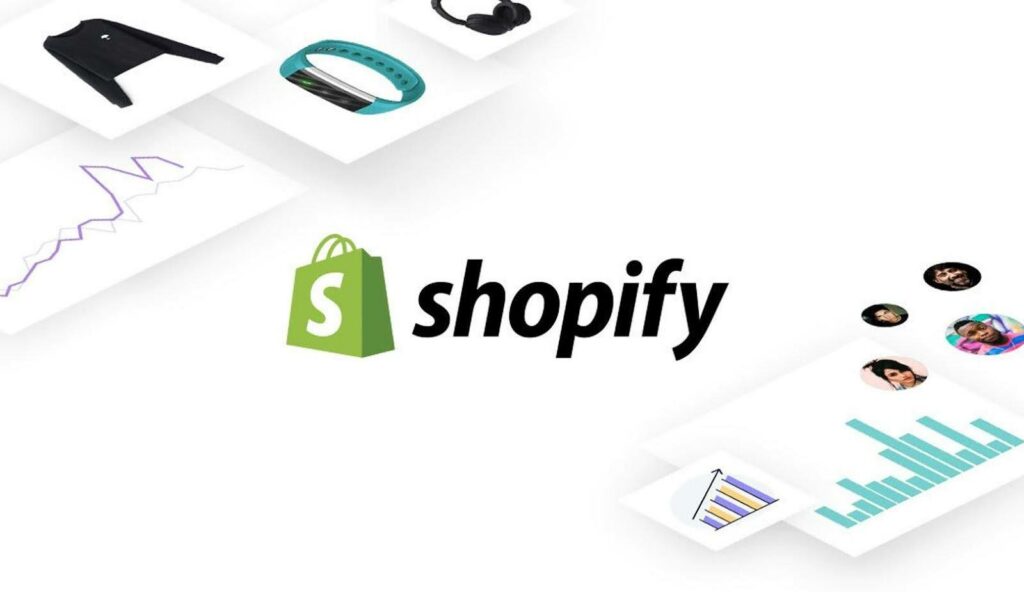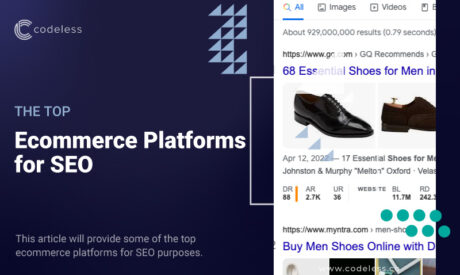High growth ecommerce rarely fails for lack of ideas. It stalls because operations bend under load, promos break checkout logic, and teams drown in manual fixes. Shopify Plus gives large brands the rails to move fast without losing stability.

The platforms are proven, the APIs are generous, the conversion lift is real. The difference between average and elite outcomes comes from how the stack is wired, how changes are shipped, and how data loops back into decisions.
That is where the right partner matters, especially early. Choosing a seasoned Shopify plus development company turns Plus from a toolkit into a system that compounds.
Below is a practical view of the patterns enterprise brands use to scale calmly on Shopify Plus, with the gotchas to avoid and the quick wins that pay back in weeks.
What Shopify Plus adds that standard plans cannot
Plus looks similar on the surface, yet a few core capabilities change the game at scale.
- Checkout extensibility. UI extensions, function hooks, and scripts replacement let teams add fees, validations, and upsells with control and testability. No brittle code pasted into theme files.
- Higher API throughput. Order spikes, catalog syncs, and ERP updates finish on time instead of timing out. This is what keeps big days quiet for ops.
- Organization level admin. Multi store governance, single sign on, granular permissions, and audit trails reduce cross team risk.
- B2B on Shopify. Company profiles, price lists, payment terms, and purchase limits make wholesale viable without a second platform.
- Markets for cross border growth. Local domains, currency, duties, and payment methods drive trust in new regions without custom plumbing.
The scale playbook leaders follow
1) Treat checkout as the product
Every point of friction here bleeds margin. Elite teams harden checkout first.
- Keep third party scripts lean. Track what truly drives revenue and cut the rest.
- Use native payment accelerators. Shop Pay moves the needle on mobile.
- Add extensions for real needs only. Gift messages, dynamic delivery promises, and compliant fees. Everything else waits.
- Test with real cards before every campaign. Rotate gateways and capture errors in human readable logs.
Result. Fewer mysterious failures, cleaner attribution, higher repeat purchase because trust improves.
2) Build for multi market from day one
International wins do not come from copy pasted stores.
- Markets set localized pricing, round rules, and duties that avoid checkout shocks.
- Catalogs differ by region. Hide SKUs where compliance or supply is tight, not after customers add to cart.
- Content follows local search intent. Templates stay the same, blocks differ by country.
- Support and returns logic match the promise. Policies are clear, forms pre filled, labels generated correctly.
This approach prevents the slow burn of high bounce and costly tickets that make expansion look unprofitable.
3) Integrate like a traffic controller, not a spaghetti pile
Most breakdowns happen between systems. The fix is a thin, reliable integration layer.
- Normalize data at the border. SKU formats, tax codes, and bundle logic are enforced before payloads hit ERP or WMS.
- Use webhooks with retries and backoff. Queue work. Write logs that ops can read without an engineer.
- Keep a small list of allowed actions for each integration. Least privilege reduces surprises.
Do this and the ops team stops firefighting imports and spends time improving pick and pack speed.
4) Go headless only where speed or UX demands it
Headless is a tool, not a religion.
- Use the Storefront API or Hydrogen for fast landing pages and custom PDP logic that truly needs it.
- Keep collection browsing and core templates on Online Store when possible. Fewer moving parts, easier upgrades.
- Share a design system across both so UX feels consistent.
The hybrid pattern delivers performance without creating two platforms to maintain.
5) Make data trustworthy before making it fancy
Personalization, forecasting, and spend optimization fail when inputs are messy.
- Define a single product truth. Titles, options, tags, and bundles follow rules that analytics can rely on.
- Log events consistently. Cart, checkout, subscription, and refund events are named and validated the same way across stores.
- Build a small knowledge library. Policies, size guides, and warranty rules live as versioned docs. Support tools and AI assistants cite from here.
With clean data, experimentation becomes credible and budget shifts get buy in quickly.
Mini blueprints from brands that scale quietly
Apparel with frequent drops. One global catalog, regional Markets, a launch checklist, and a hard change freeze 72 hours before drops. Checkout extensions manage queue based limits per customer. A worker processes orders by batch and flags fraud before capture. Result. Fast sellouts without the storm of cancellations and angry threads.
Beauty going wholesale. B2B on Shopify mirrors DTC catalog with specific price lists and minimums. Sales reps place orders on behalf of accounts with saved carts. Payment terms and partial shipments flow to the ERP cleanly. Result. Fewer spreadsheets, faster reorders, and a single inventory view.
CPG with heavy promotions. Tiered bundles via Functions keep margins safe. A returns portal issues instant credit when conditions match policy. Support sees a single timeline that merges email, chat, and order events. Result. Lower handle time and fewer escalations on peak weekends.
Metrics that matter more than page views
- Checkout completion rate by payment method and device
- Contribution margin per order after discounts and shipping
- First contact resolution and average handle time in support
- Order sync latency to ERP and pick accuracy
- Return rate by reason, exchange completion time, and resale recovery
When these move in the right direction, growth feels smooth rather than fragile.
Common traps to avoid
- Editing live themes. Always stage, then deploy with a rollback point.
- Letting app creep slow pages. Consolidate features or remove overlap each quarter.
- Hard coding promotions in templates. Use Functions and metafields so ops can change values safely.
- Copying stores for regions without Markets. Technical debt grows fast and kills velocity.
- Ignoring staff training. Tools do not save time if teams do not trust them.
The takeaway
Shopify Plus gives large brands the speed of SaaS with room to customize the parts that matter. The winners use that flexibility to protect checkout, simplify operations, and bring data back into every decision. With the right patterns and a partner who builds for reliability, scale stops feeling like a coin toss and starts looking like a plan.
Ludjon, who co-founded Codeless, possesses a deep passion for technology and the web. With over a decade of experience in constructing websites and developing widely-used WordPress themes, Ludjon has established himself as an accomplished expert in the field.




![Ecwid vs Shopify [2025]: Comparison with Pros & Cons](https://codeless.co/wp-content/uploads/2021/04/ecwid.png)




Comments